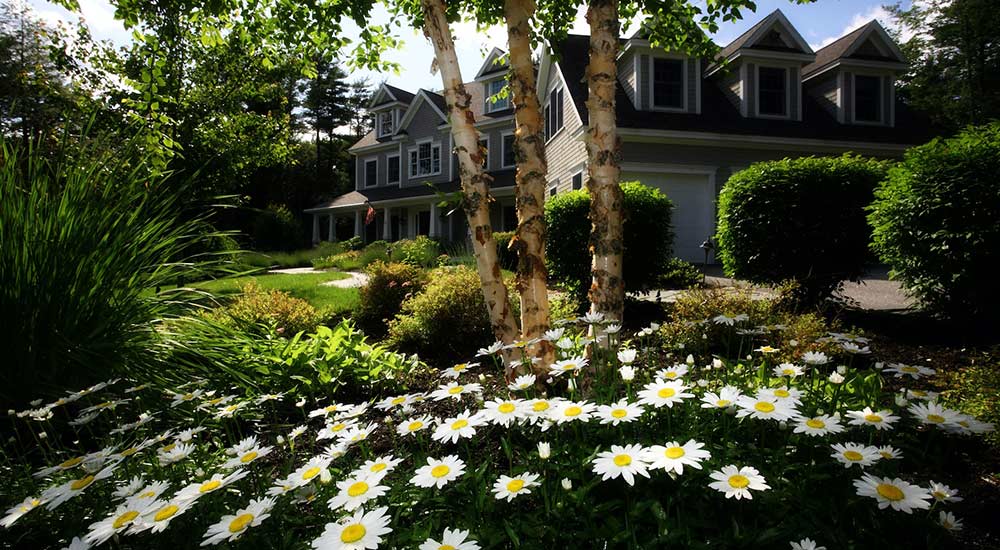What Is Water Backup and Do You Need Water Backup Coverage?

According to data from the Insurance Information Institute (III), water damage affects approximately 14,000 people in the U.S every day. And on average water damage claims cost over $12,000. What’s worse - water damage claims have been on the rise, nearly doubling between 2017 and 2021.
With numbers like that, it’s a safe bet that most homeowners will experience water damage at some point in their lives.
Navigating insurance coverage for water-related incidents can be a little confusing. What is covered by flood insurance? Do I need different insurance coverage for water damage? It’s important to ensure you have the right coverage in place to protect your home from any risk.
Below we’ll discuss water backup and sump pump overflow (two common causes of water damage for homeowners), how you can prevent water damage, and what insurance coverage you’ll need.
Common Causes of Water Backup
Water backups in your home or yard are typically caused by damaged or malfunctioning utility systems and equipment. Most often these are the result of:
Heavy rain
Severe storms can cause debris to build up, blocking your drains and sending water back into your home. In some cases, this can also cause sewage to back up, creating a stinky, expensive and dangerous situation for your family.
Sewer and gutter backups
Blockages in the main sewer lines running through your neighborhood can cause sewage to back up into homes through floor drains. In most cases, this occurs slowly giving homeowners time to clean up and correct the problem before serious problems occur.
Damage
System damage caused by tree roots, heavy vehicles and other everyday risks. When trees lead to water backups, responsibility often falls on the person or entity that owns the tree. For example, if the tree is on your property, you will be responsible for the cost of repairs. If the tree is city-owned, they will assume responsibility.
Aging systems
Infrastructure in many areas of the country is getting old and breaking down faster than we can fix it. As pipes and other sewer system equipment ages, the risk of failure increases. When these failures happen, it can lead to water backups that damage homes.
Sump pump overflow
This is a specific type of equipment failure caused by the sump pump found in many homes’ basements. Sump pumps are an important tool to protect your home. When the sump pump fails, it can no longer detect excess water and move it away from your property. This can lead to an overflow event.
Water Backup Coverage vs. Flood Insurance
A standard homeowners insurance policy doesn’t include protection against water backups. Luckily, you can add a water backup endorsement that protects your home and family from sewage backup and sump pump overflows. This coverage will pay for structural damage to the home and may cover damaged items of personal property.
Homeowners in rainy, stormy, snowy areas or with frequent power outages should get water backup insurance.
Flood insurance is a supplemental policy typically written through FEMA's National Flood Insurance Program. Flood insurance protects your home, utility systems, and sometimes personal belongings such as electronics and clothes. It does not cover mold, mildew or other “preventable” damage, valuables, living expenses, vehicles, or outdoor items like patio furniture.
Flood insurance coverage is beneficial to any homeowner. But you should strongly consider a policy if you live in a moderate- or high-risk flood zone. An independent insurance agent can help review your risk and current insurance coverage to determine which policy is right for you.
Warning Signs of a Backup and What You Can Do
Warning signs of a potential water backup include:
- Strong sewage odors coming from your toilet, tub, and other drains
- Sink and toilet overflows
- Gurgling pipes and slow drains
- Pooling water and mold/mildew growth
- Foundation damage
- Pest control issues
Fortunately, there are steps you can take to prevent water backups, avoid water damage in homes, and protect your family from costly out-of-pocket repairs. These include:
- Protect your home’s plumbing by properly disposing of grease, paper products, hygiene products, and other items that block pipes
- Regularly inspect and tend to trees to avoid root overgrowth
- Replace your lines with plastic pipes to keep roots from causing damage
- Repair any illegal or improperly installed plumbing connections that could lead to sewer backups
- Install a sump pump or backwater prevention valve to help prevent problems
- Take the time to properly clean up any water to avoid long-term damage and mold growth
- Ensure you have the proper insurance coverage for your home and keep your policy up to date
Talk to an independent agent to learn more about Main Street America Insurance’s homeowners insurance coverage.
